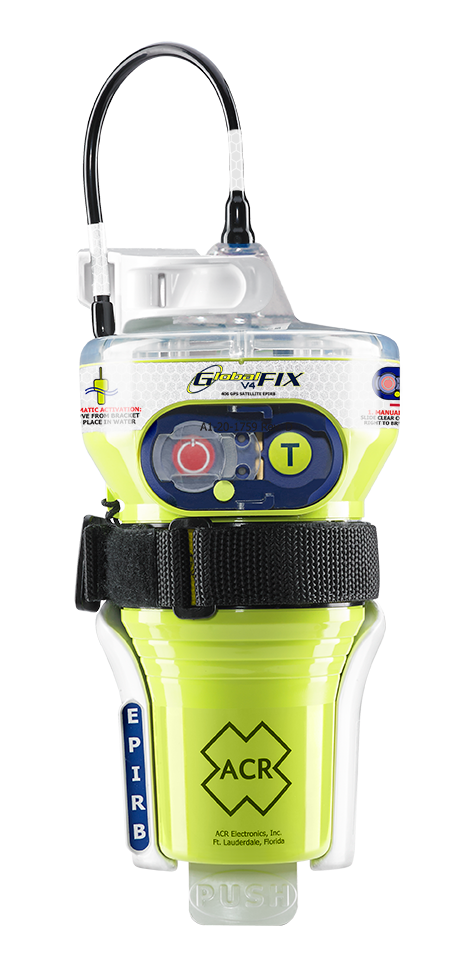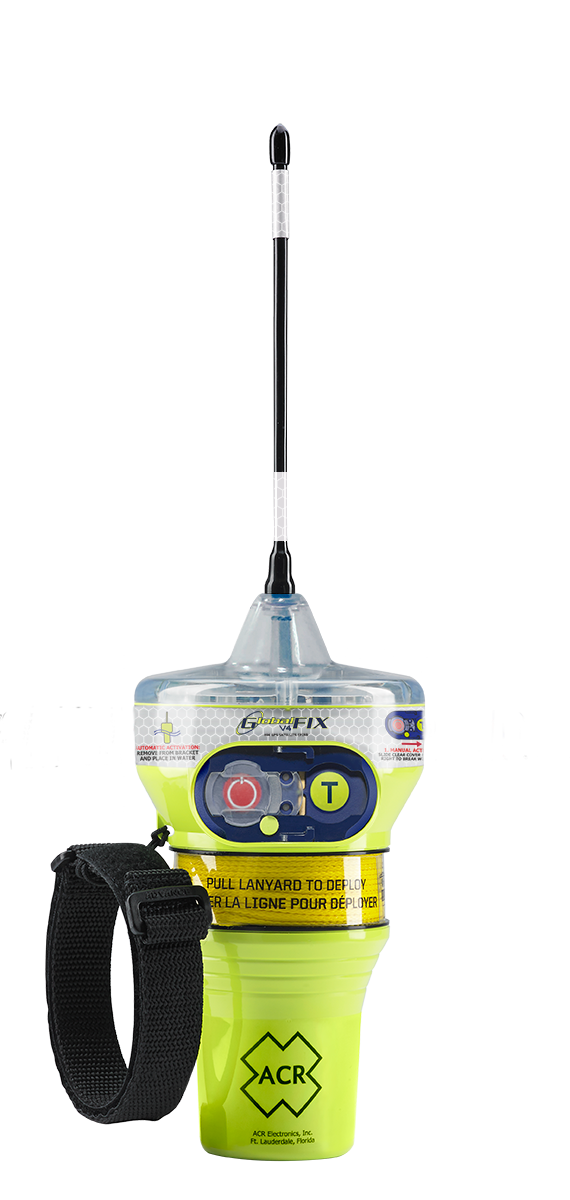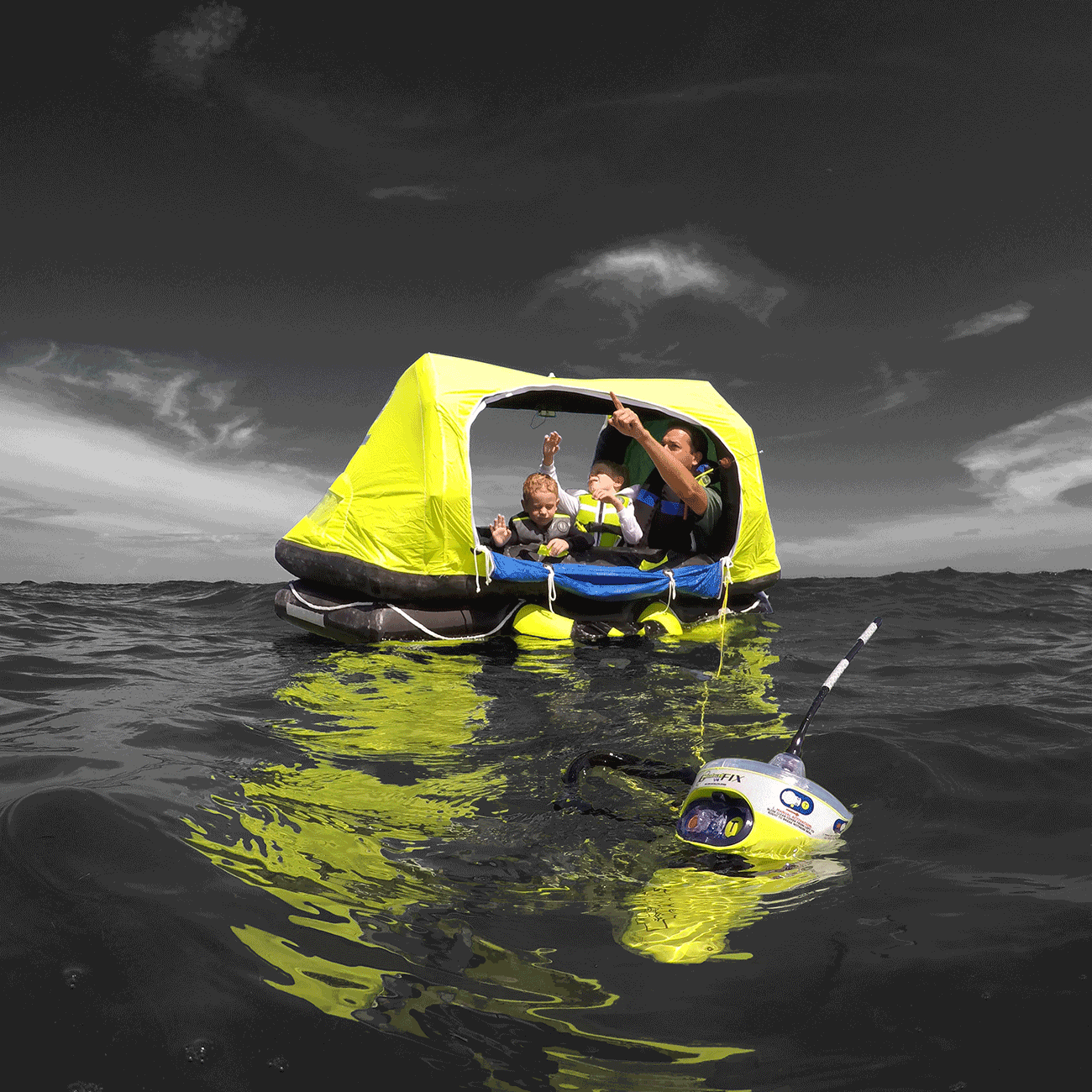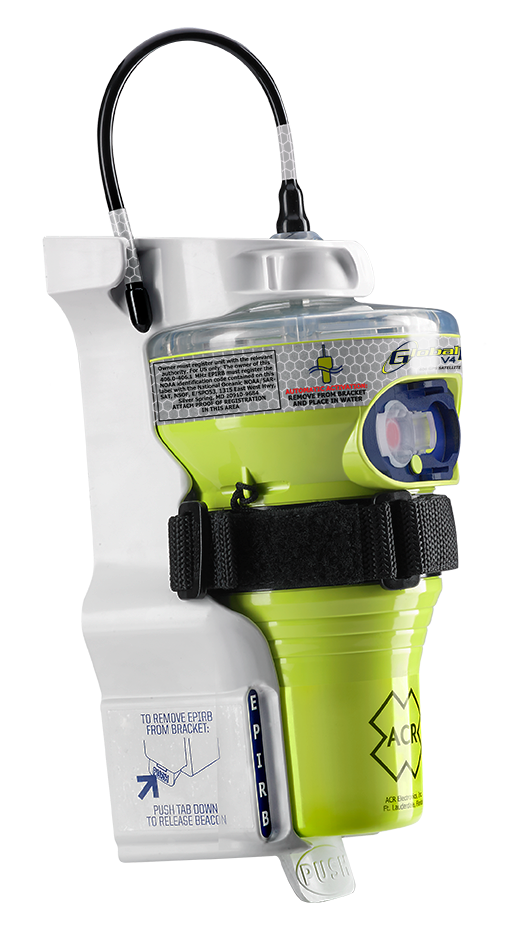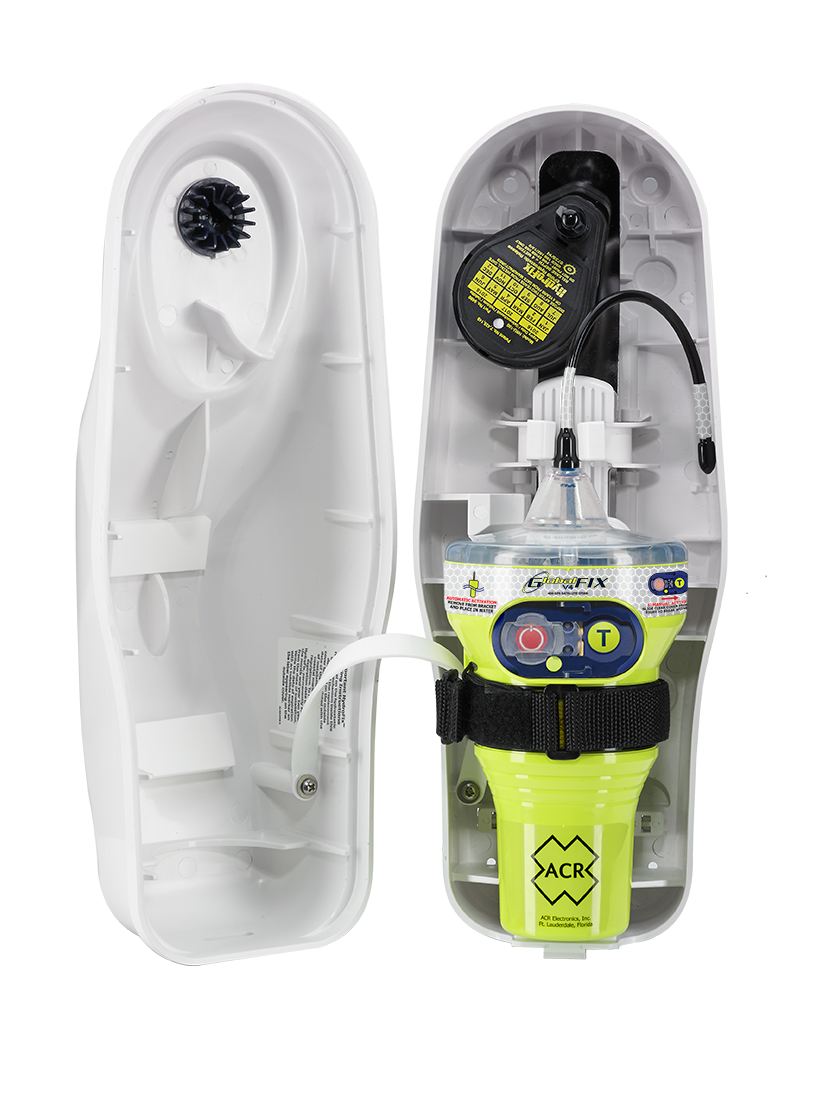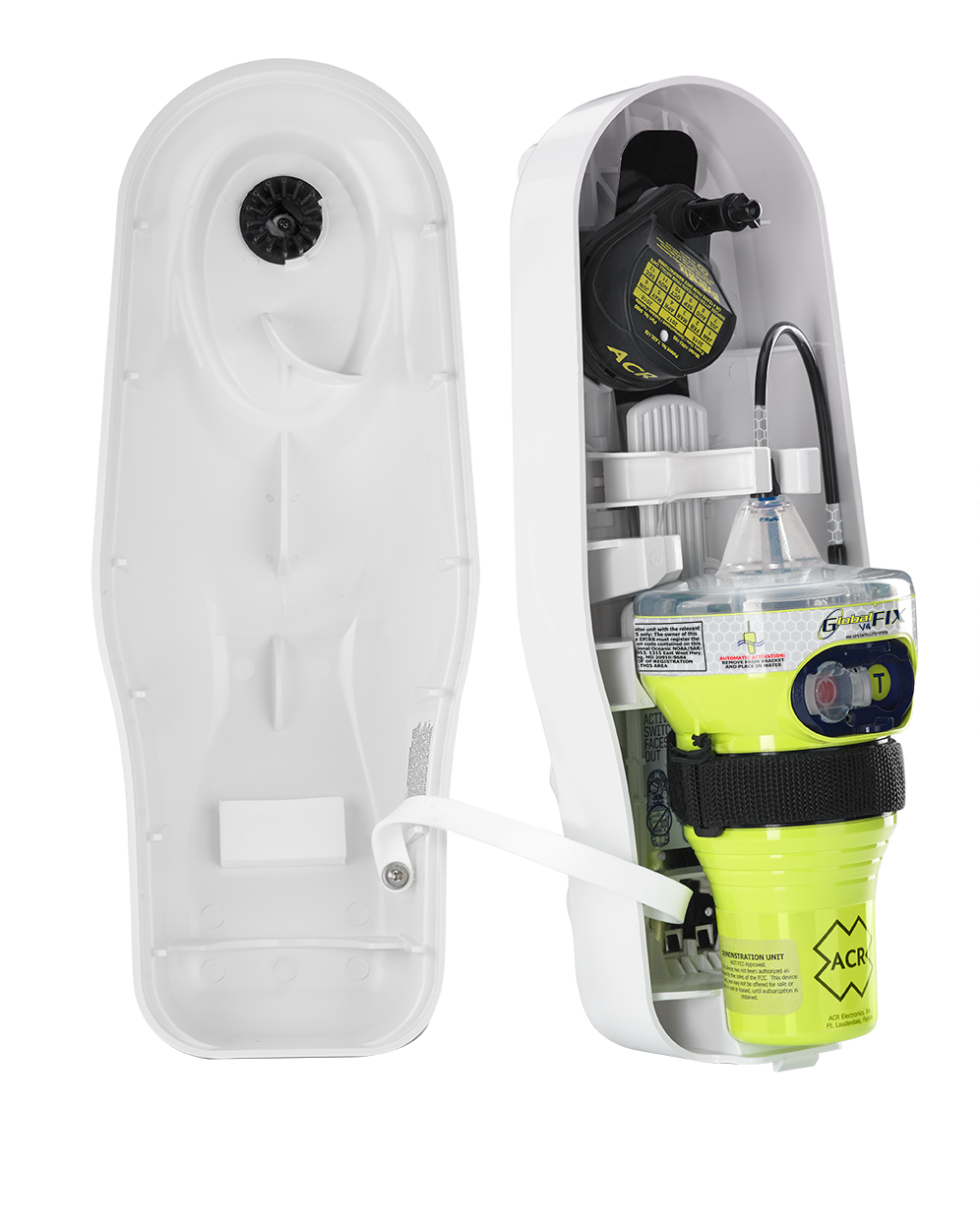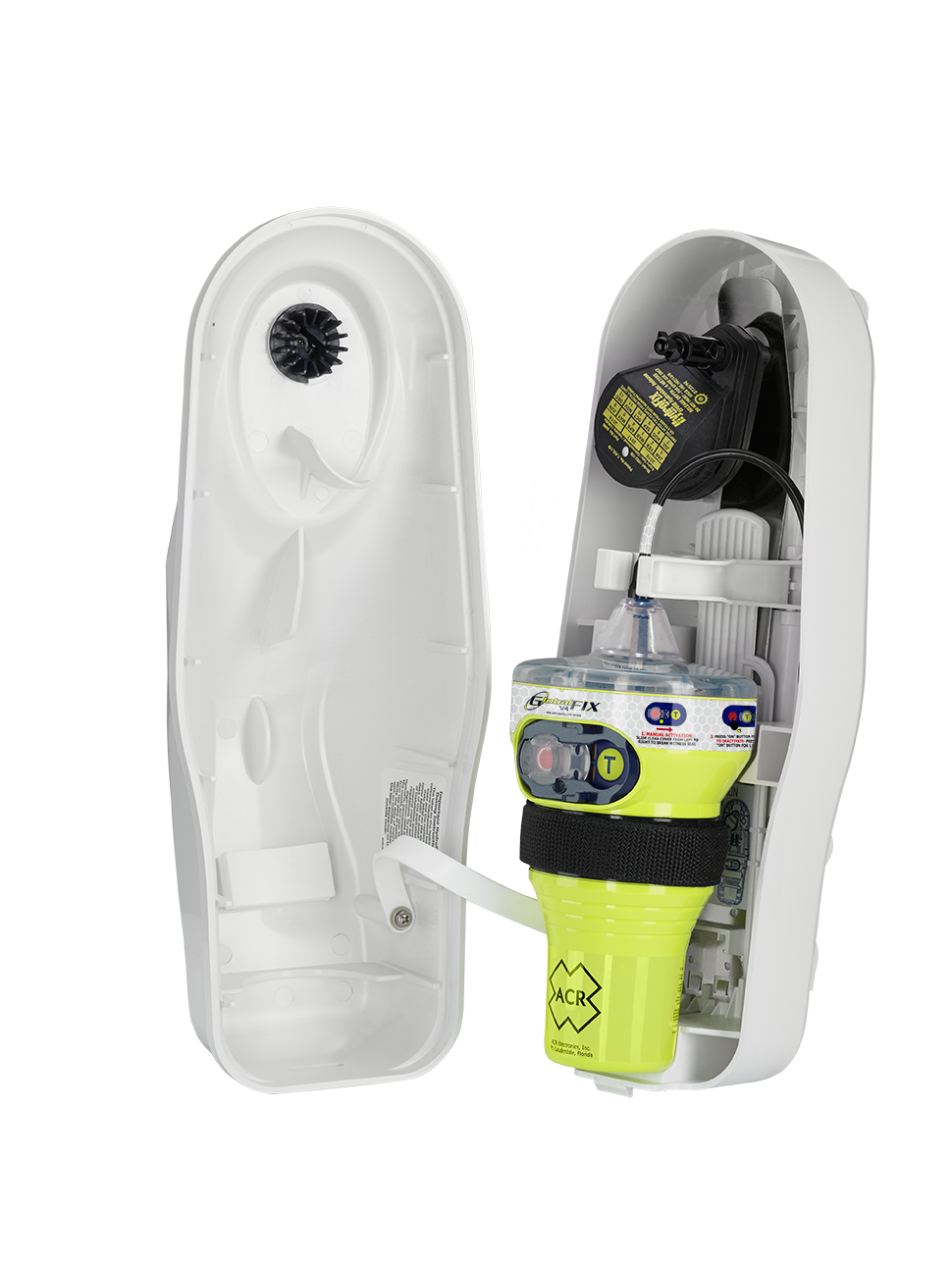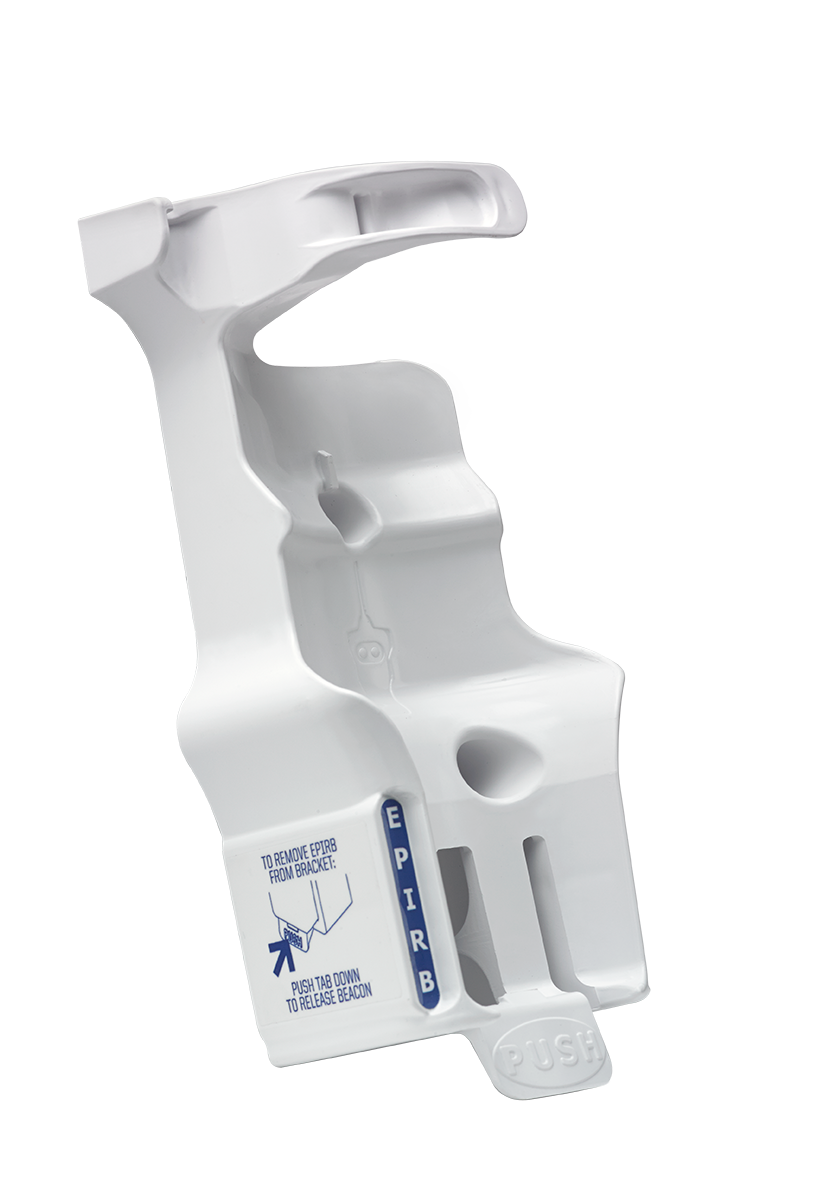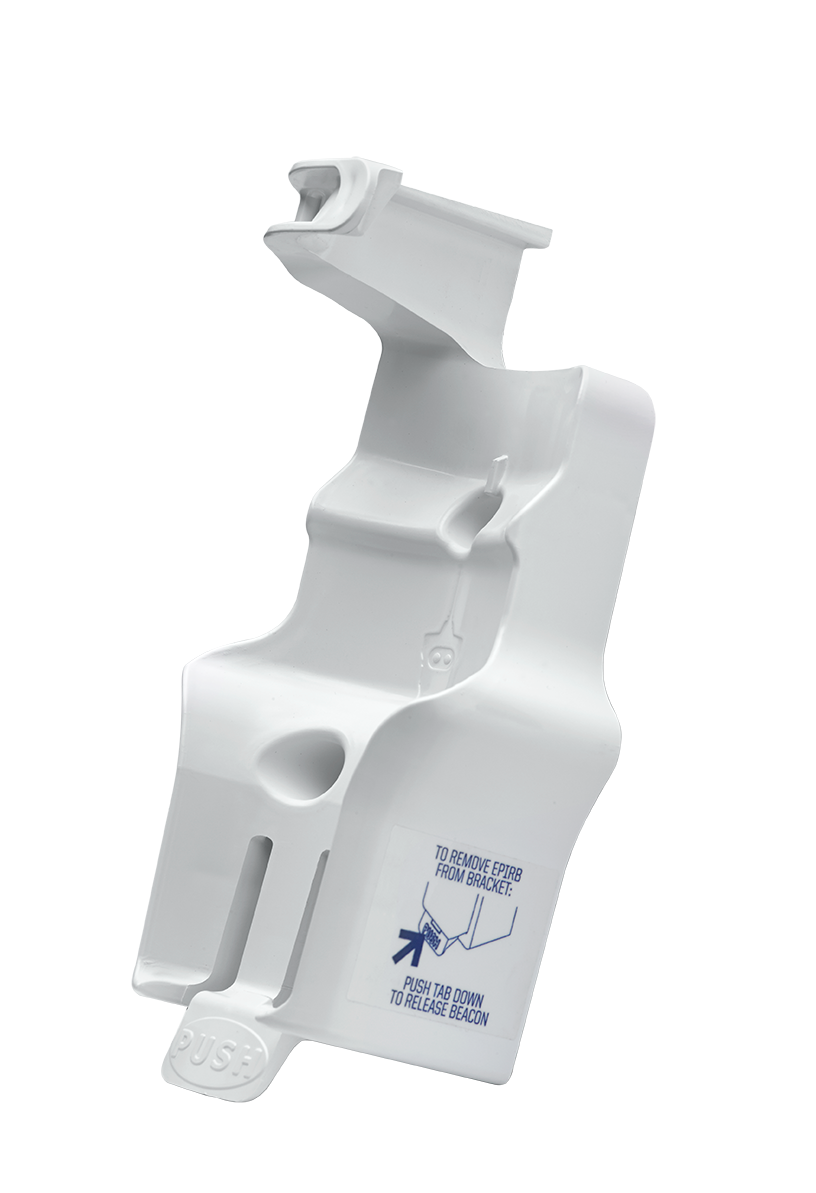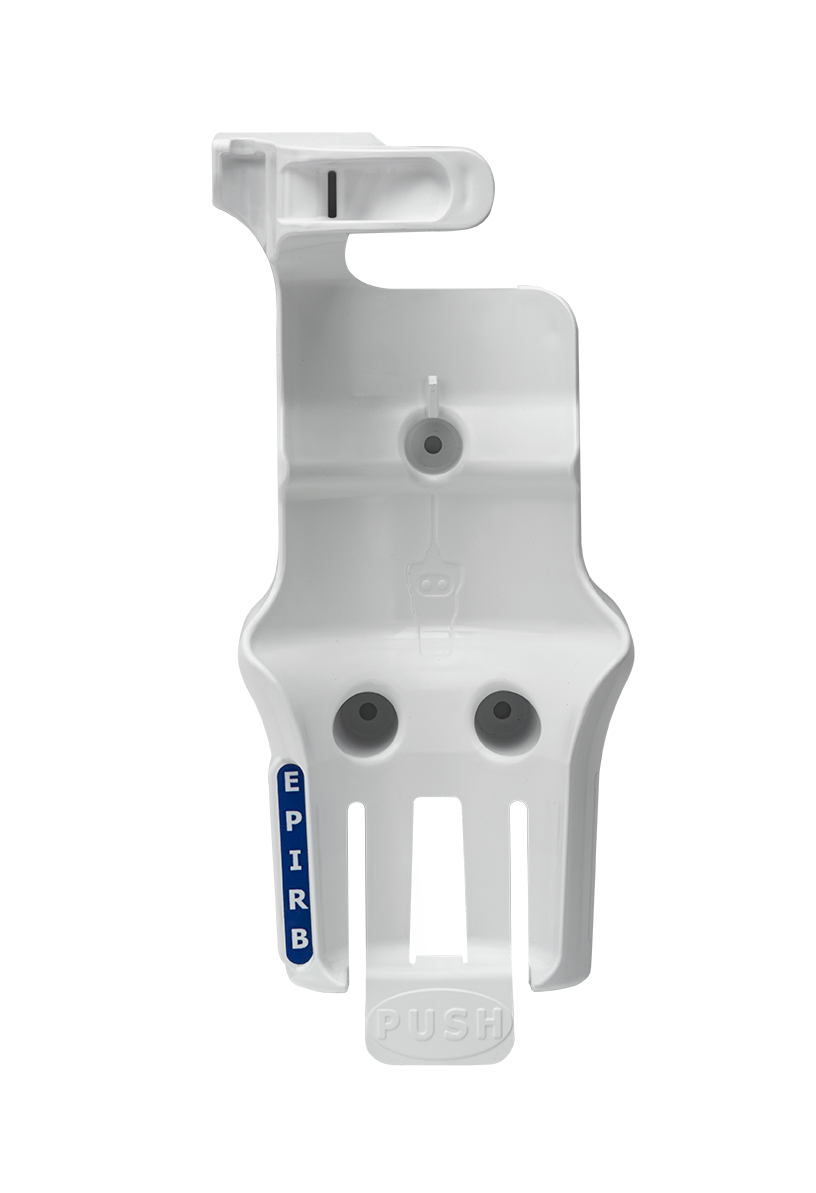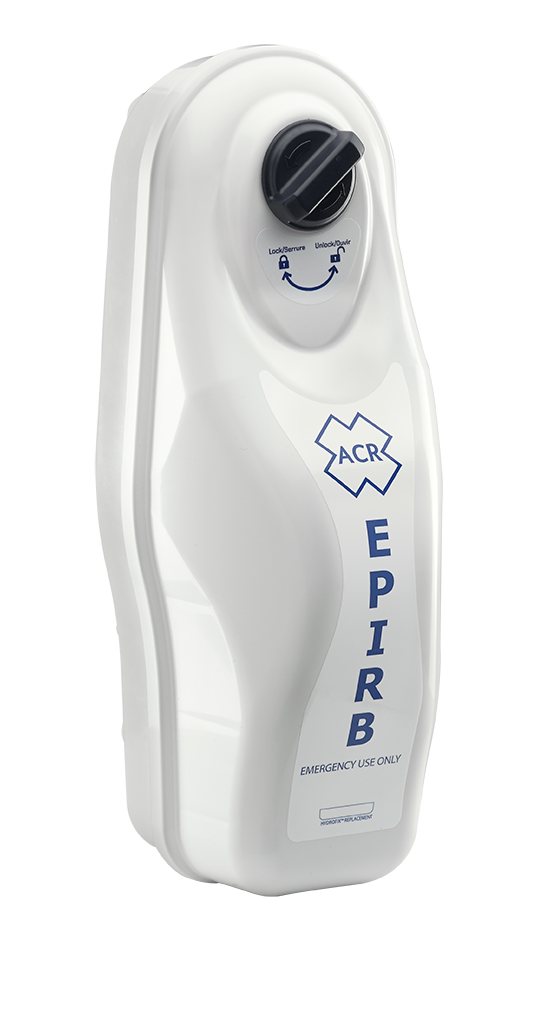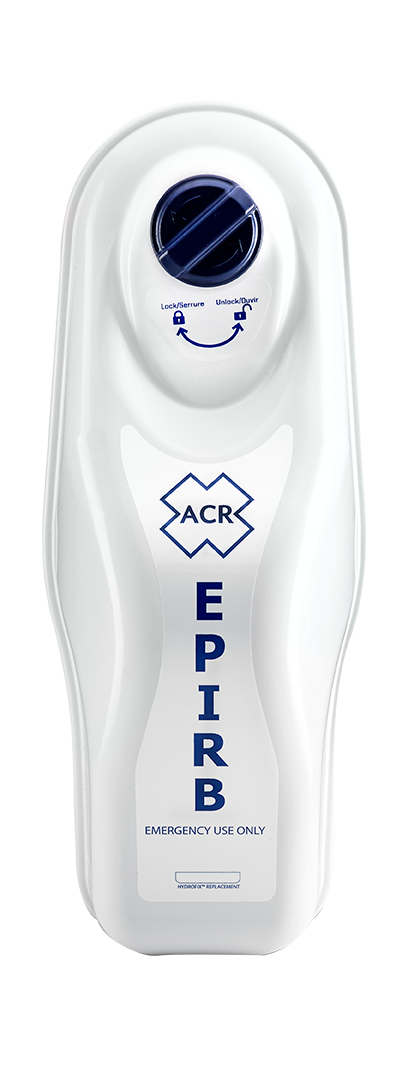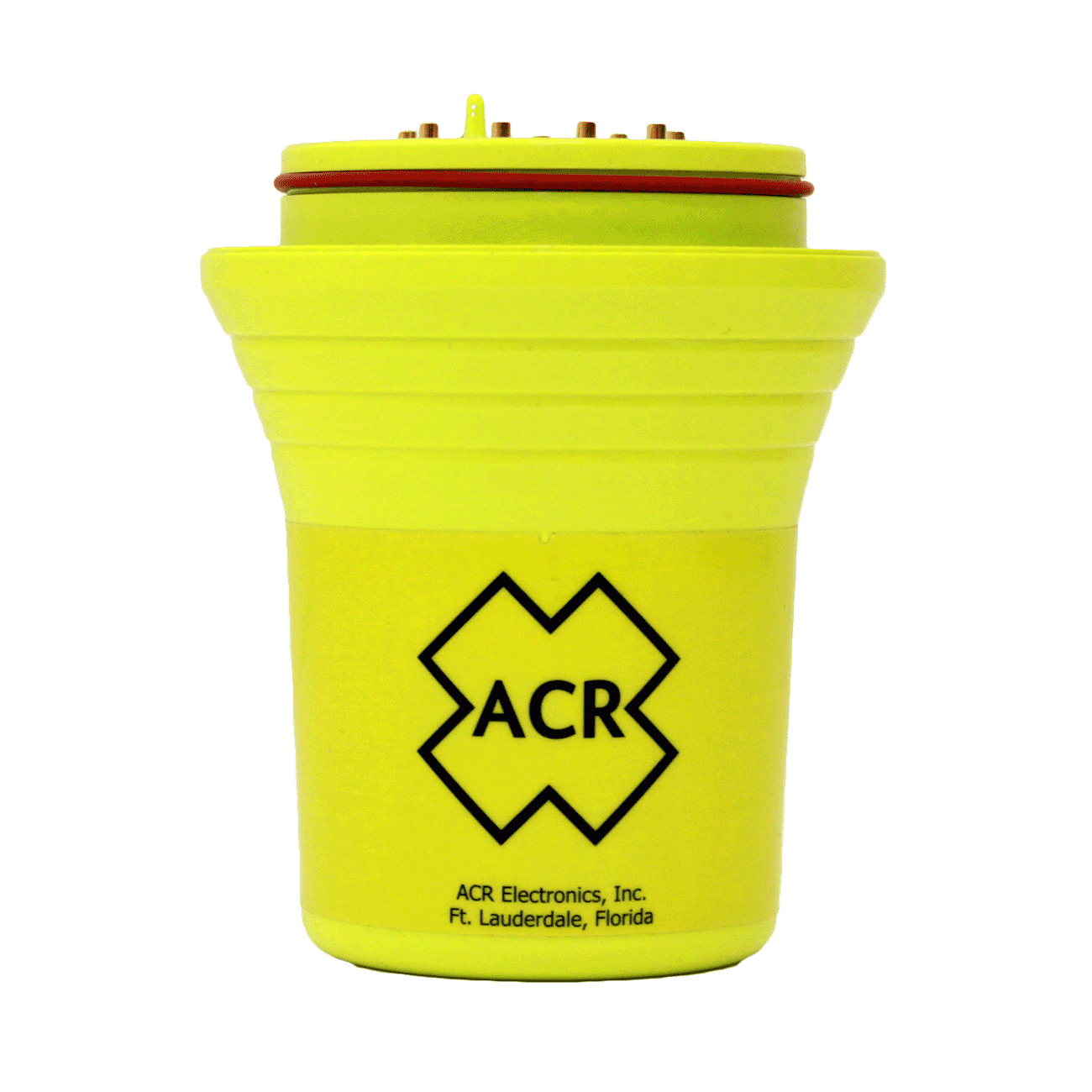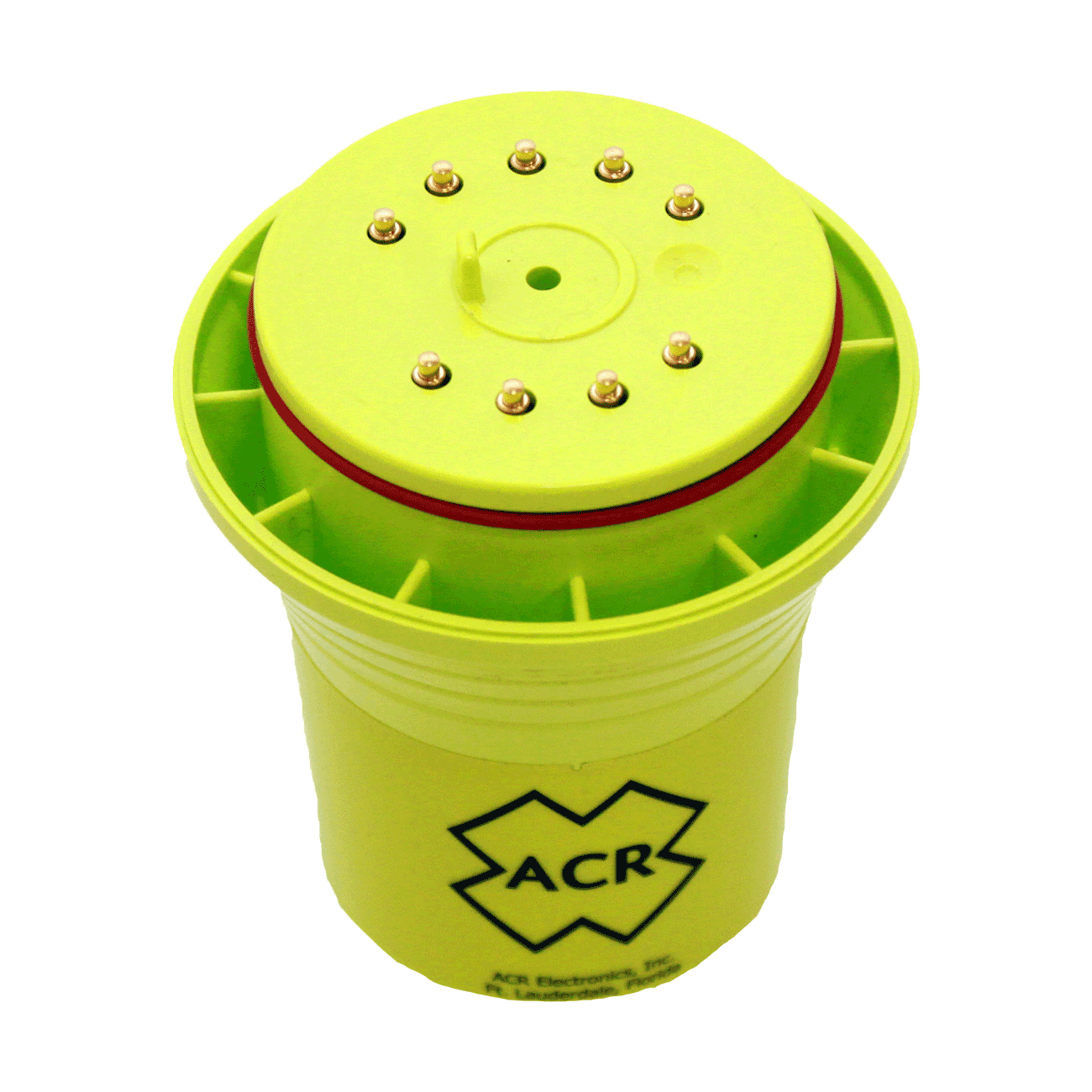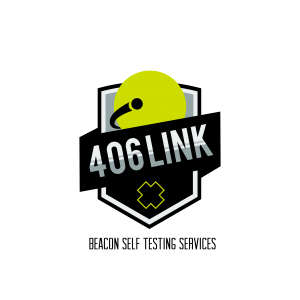Q: What do EPIRBs do?
Emergency Position Indicating Radio Beacons (EPIRBs) are distress radio beacons that transmit location information about ships directly to Search and Rescue forces letting them know that the owner is in grave and imminent danger. Learn How A Rescue Works
Q: What is a GPIRB?
Some people call a GPS EPIRB or Emergency Position Indicating Radio Beacon a GPIRB.
Q: Where can I purchase a beacon?
Visit our Where To Buy dealer locator
Q: Will 406 MHz beacons work anywhere in the world?
Yes, 406 MHz beacons can be used anywhere in the world, including at both poles, just remember that you need a clear view of the sky (they will not work in buildings or caves, etc.)
Q: Is there a subscription fee for beacon registration or rescue service?
Beacon registration is free, should you ever have to activate your beacon, rescue is free in most parts of the world.
Q: What is the difference between a Category I and a Category II EPIRB?
The difference is in how the EPIRB is deployed. A Category I beacon automatically deploys when a vessel sinks. The beacon floats free at a depth of 1.5 to 3.0m (4.9 to 13.1ft). The EPIRB can be manually activated while in its bracket or manually removed and activated. A Category II beacon is manually deployed. The EPIRB will automatically activate when removed from its bracket and comes in contact with water, or when it is still in its bracket but a person has lifted the switch to the activation position.
Q: How do I register my beacon?
406 MHz Beacons must be registered with the National Authority of the country you live in.
Step 1. Visit our Registration database to find the appropriate National Authority
Step 2. Register with your countries National Authority via Mail, Fax, or for the fastest service register online. Registration in the United States The national authority that accepts beacon registrations in the United States is the National Oceanic and Atmospheric Administration (NOAA). Here are three easy ways to register:
1.) The fastest and easiest way to register is online at www.beaconregistration.noaa.gov. Recommended method. Verify and validate information before submitting it.
2.) Mail the registration form with the pre-addressed, postage-paid envelope to:
SARSAT BEACON REGISTRATION NOAA NSOF, E/SPO53
1315 East-West Hwy Silver Spring, MD 20910
Please print legibly.
3.) Faxing a registration is also acceptable. Fax the registration form to the Fax number on the bottom of the registration form. To reduce the possibility of erroneous entry please verify the legibility of information and validate information on the form to UIN on beacon before faxing. Please print legibly and in BLACK ink. All registration forms will be entered in the 406 MHz beacon registration database within 48 hours of receipt. The information you provide on the registration form is used for rescue purposes only. A confirmation letter, a copy of the actual registration, and a proof-of-registration decal will be mailed to you within two weeks. When you receive these documents, please check the information carefully to ensure that the information provided on the label agrees with the information on the beacon and then affix the decal to your beacon in the area marked \”BEACON DECAL HERE.\” If you do not receive confirmation from NOAA in the expected timeframe, or if the information on the label is incorrect call toll-free 1-888-212-7283 for assistance. Registration outside of the United States In countries other than the United States, 406 MHz beacons are registered with that country\’s national authority at the time of purchase. The sales agent should have assisted you in filling out the forms and sending them to the country\’s national authority. Alternatively, visit our Registration database or many countries allow online registration in the International 406MHz Beacon Registration Database (IBRD) at www.406registration.com.
To verify that the unit is properly programmed for your country, view the UIN label on the back of the unit. If the beacon is not programmed for your country, the sales agent (if properly equipped) can reprogram the unit for the correct country.
Q: Why is it so important for me to register my beacon?
Registering the EPIRB, ELT, or Personal Locator Beacon is required by law in the United States and most countries. Registering is very important because should your beacon ever be activated, it is how Search and Rescue Teams will know who you are, and contacts provided may be able to supply information about your specific travel plans. In the absence of this information, it may take longer for a search-and-rescue operation to begin.
Q: How do I know the beacon is working?
Perform a monthly self-test. If the test passes, the beacon is working. If self-test does not pass, take/send the beacon in for service. If you want to know that your beacon signal is reaching the satellite system and your signal is being received back down to earth please check out our advanced testing service called 406Link.com.
Q: How often should I carry out a Self Test?
The beacon owners\’ manual usually recommends the frequency of these tests; typical advice is once a month and/or before extended trips. Advanced Satellite Testing can be performed using our new service called 406Link.com
Q: The date on my HydroFix™ Release Unit is not marked. What do I do?
The HydroFix™ should be marked by the owner at the time of installation with an indelible ink pen. The HydroFix™ Release Unit is good three years from the date of manufacture (which is imprinted on the bottom of the HydroFix?) or 2 years from the date of installation. See the example below: MFG.0611 means the HRU was made June (06) of 2011. Thus this unit will need to be replaced 2 years from the date installed or in June of 2014. HRU MFG Date
Q: How does one take care of a beacon?
Taking care of a beacon is quick and easy. Routine maintenance is part of having the beacon ready at all times. Follow the maintenance recommendations in the Owner\’s Manual.
Q: Can I use my 406 MHz beacons anywhere in the world?
You should check the local regulations of any place you plan to visit with your beacon, some countries require you to have a radio license and a few countries have restrictions on the use of beacons, however, if it\’s a real emergency you should always activate your beacon
Q: What is a UIN and where do I find it on the beacon so I can register my beacon?
A UIN is a Unique Identifier Number that is programmed into each beacon at the factory. The UIN number consists of 15 digit series of letters and numbers that make up the unique identity of the beacon. The UIN is on a white label on the exterior of the beacon. The UIN is also referred to as the Hex ID.
